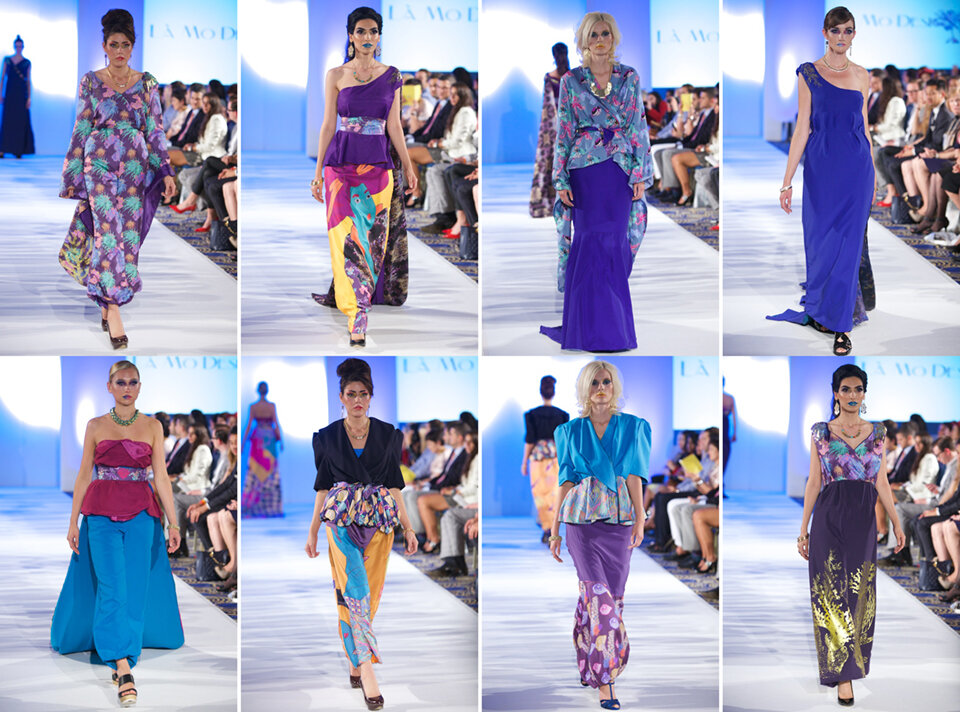The general term “Retouching” can be categorised under the following subject-specific areas of Portrait, Editorial, Commercial, Beauty and Creative Retouching.
Each of these areas possesses its own assembly of considerations around what “retouching” is when editing the image in question. In other words, the decisions and actions one undertakes when editing in the area of “Portrait” will be different from those undertaken when editing an image in “Beauty”.
So how does one determine the category (and its implicit techniques and time allocations) to be applied to any image? The following questions can help you evaluate which category your image falls under and how much time is needed to retouch each image.
1. Who is the client and what is the image to be used for?
2. How many images are to be retouched and delivered?
If you can answer both of these questions before you begin retouching it will give you an outline as to what is required and how long you should spend on each image.
As mentioned above, each retouching “category” will still have its own set of reference points that will need to be followed if one is to achieve the desired end result.
PORTRAIT RETOUCHING
With regards to Portrait Retouching, we typically try and keep all of the personal qualities and characteristics of the person intact. The image should appear as natural as possible, as if it hasn’t been retouched. Headshots and Model Tests are generally considered in this category, as they require depicting the subject as naturally as possible for them to be given potential work based on their natural appearance.
We try to leave all permanent features like scars, freckles, and moles alone. Depending on the image, you may wish to emphasise these or reduce the intensity of these features on the image you are working on. However non-permanent features like pimples, redness of skin, bruises should be cleaned up and removed.
The skin is generally left intact apart from removing non-permanent features.
Please keep in mind that if you are wishing to improve the skin texture, add contrast, adjust colour correction and sharpen the image; keep it subtle. Do not detract from the original image or depiction of the subject.
EDITORIAL RETOUCHING
With regards to Editorial Retouching, we once again try to keep the image as natural as possible and only remove distracting elements. This form of retouching typically needs to sell a product or service as the images are commonly used for lookbooks/editorials/advertising in magazines or publications.
We try to remove all permanent features like scars, freckles and moles. However we tend to reduce the intensity of wrinkles and adjust any skin discolorations within the image. Typically the skin is cleaned however it is not excessively evened out.
Editorials are typically a series of images. Adjustments of contrast, colour correction and the chosen grade of the image all need to match and be consistent across all images.
COMMERCIAL RETOUCHING
Similar to Editorial Retouching, Commercial Retouching is typically used to sell a service or a product. The main difference between the two categories is that the viewer needs to be able to relate to the subject on a personal level.
Once again, we remove all distracting elements. Depending on what this means in any image it can take a number of hours to complete. While each image will have its own considerations in terms of this element, one cannot forget that the client will also have their own requirements about how the final image should look. The important thing to remember here is that the collection of images needs to have a level of consistency above all else.
BEAUTY RETOUCHING
We try to remove all permanent “imperfections” within the image. Typically the skin is flawlessly cleaned and evened out. For a more highly polished look additional dodging and burning is used.
Depending on what is required for the image, beauty retouching can easily take more then 4 hours per image to complete.
CREATIVE RETOUCHING
Unlike the other forms of retouching, Creative Retouching is seen as an artwork or a particular creative vision rather then depicting “the truth” about a subject. Compositing multiple image or elements fall under this category as they can create different realities or imaginative realms that can’t be achieved from a single image. Thus this work will be the most time intensive and demanding in terms of ensuring that the image as it is “built” and completed still maintains its own integrity as an image.












































